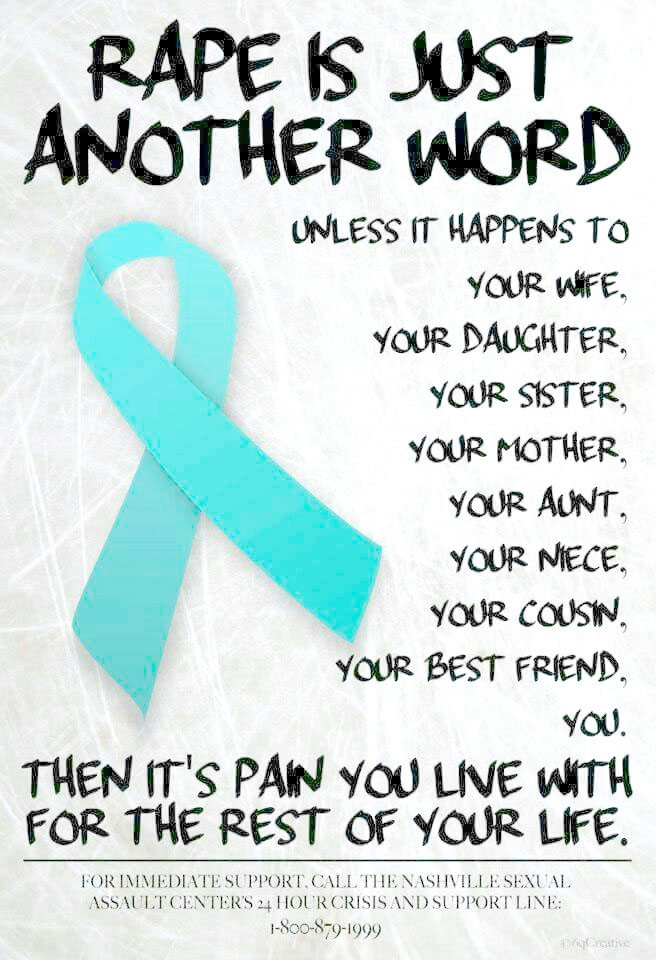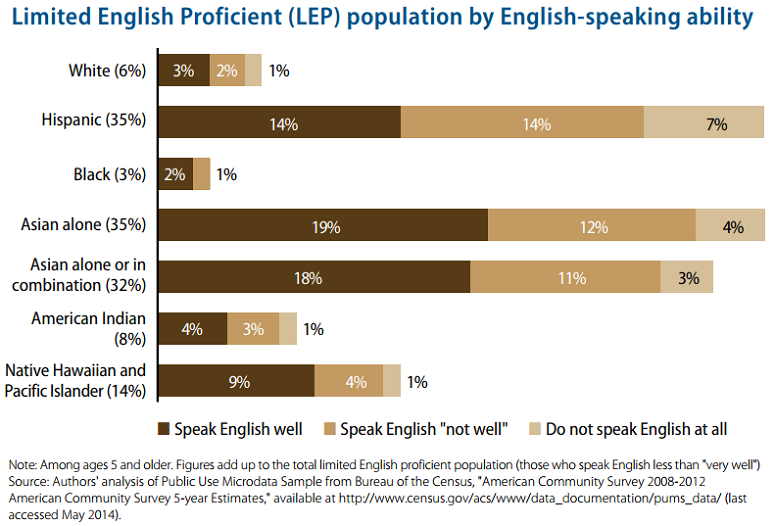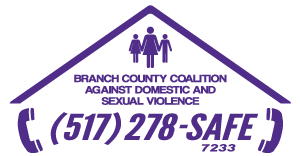Sexual Violence Affects Everyone
Sexual Assault is a universal problem, but it does not impact every member of the population in the same way. There are many factors that affect your likely hood of being sexually assaulted and most of them are something you have absolutely no control over.
Veterans:
Military sexual trauma, or MST, is the term used by VA to refer to experiences of sexual assault or repeated, threatening sexual harassment that a Veteran experienced during his or her military service. National data from this program reveal that about 1 in 4 women and 1 in 100 men respond “yes,” that they experienced MST, when screened by their VA provider.
Disabilities:
In general, people with disabilities experience both domestic and sexual violence at higher rates than people who do not have a form of disability.
- 83% of women with disabilities will be sexually assaulted in their lives
- 50% of girls who are Deaf have been sexually abused compared to 25% of girls who are hearing
- 54% of boys who are Deaf have been sexually abused in comparison to 10% of boys who are hearing
- Approximately 80% of women and 30% of men with a form of intellectual disability have been sexually assaulted – half of these women have been assaulted more than 10 times
Adolescents:
- Nearly 70% of all reported sexual assaults (including assaults on adults) occur to children age 17 and under.
- Approximately 20% of the victims of sexual abuse are under age eight.
- 38% of the sexual abusers of boys are female.

- 2% of all students experience rape or sexual assault through physical force, violence, or incapacitation (among all graduate and undergraduate students).
- 4.2% of students have experienced stalking since entering college.
Student or not, college-age adults are at high risk for sexual violence.
- Male college-aged students (18-24) are 78% more likely than non-students of the same age to be a victim of rape or sexual assault.
- Female college-aged students (18-24) are 20% less likely than non-students of the same age to be a victim of rape or sexual assault.
LGBTQ+:
Violence happens in same-sex relationships, too.
- 44% of lesbians and 61% of bisexual women have experienced rape, physical violence, or stalking by an intimate partner.
- 26% of gay men and 37% of bisexual men have experienced rape, physical violence, or stalking by an intimate partner.
- 46% of bisexual women have been raped, compared to 17% of heterosexual women and 13% of lesbians.

Immigration Status:
While the majority of all sexual assaults are not reported to law enforcement, immigrant victims’ willingness to report is further impeded by multiple factors that are not present for non-immigrant victims. These factors include:- fear that seeking help from police, prosecutors, and the U.S. justice system will lead to the victim’s deportation;
- law enforcement agencies responding to the sexual assault crime scene who in many communities may not use qualified interpreters to communicate with immigrant victims;
- lack of information about what sexual assault is and the protections available for victims from legal and social services agencies, police, prosecutors, and the courts in the United States.
Illiterate:
Approximately 32 million adults in America are considered to be illiterate; about 14% of the entire adult population cannot read.
How do illiterate people get help? They can’t get on websites; they can’t read flyers or pamphlets left around in doctors or counselors offices.
They can’t fill out the paperwork to receive services and they definitely can’t make an informed decision on paperwork they may sign when filling a police report. Therefore, illiterate victims are the most likely group to not report a sexual assault.
Rural Victims:
Rural areas lack anonymity. Everyone knows everyone else, so when a victim thinks of coming forward, they will be hesitant knowing that chances are by the time it’s all done everyone will hear about it, and often people will choose sides.
Since rural populations often find themselves at great distances from social services, medical care and law enforcement, victims may discover that it is too difficult, or virtually impossible, to report the crime or call for support.
Limited English Proficiency:
According to the Census, at least 350 languages are spoken in U.S. homes. 20.7% of the U.S. population speaks a language other than English at home.
All survivors and victims of domestic and sexual violence navigate complex systems and barriers– those with limited English proficiency face additional challenges. Language access policies and procedures that include the provision of qualified and culturally competent interpreters are critical to ensuring victim safety and equal access to justice.



